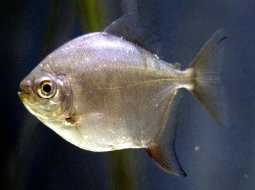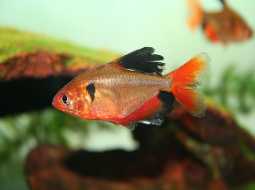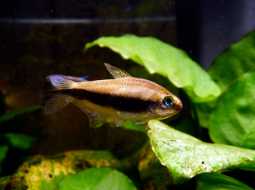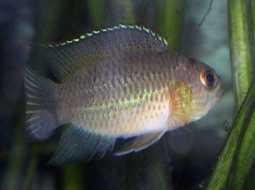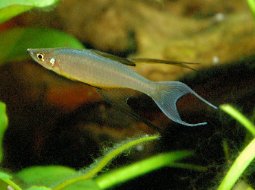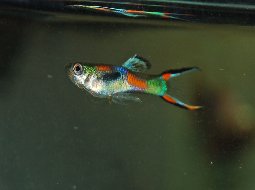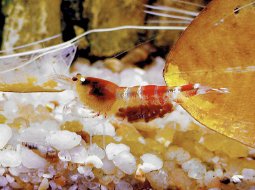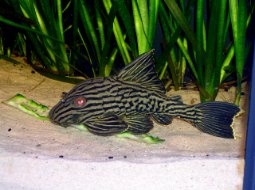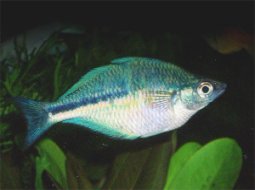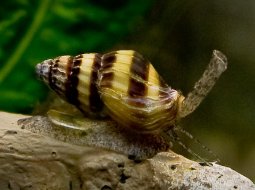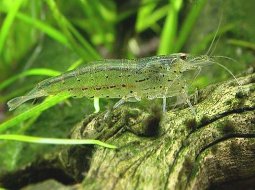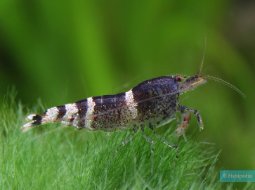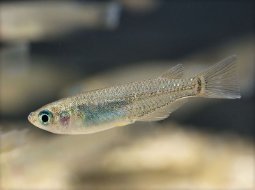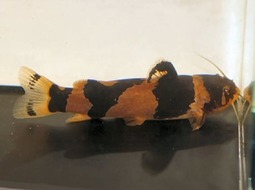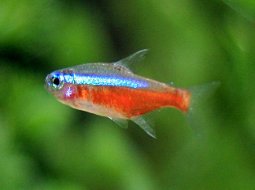
Loading Aqualapp ...
Care and Compatibility of Suckermouth catfish - Hypostomus plecostomus
Introduction
Hypostomus plecostomus, commonly known as Plecostomus or Pleco, is a freshwater fish species native to South America. It is widely recognized and appreciated for its ability to keep aquariums clean, as it feeds on algae and leftover food. In addition to its usefulness, the Plecostomus presents a fascinating appearance, with its body covered in bony plates and its distinctive suction cup-shaped mouth.
Behavior
The Plecostomus is a nocturnal and primarily herbivorous fish. During the day, it tends to seek refuge in caves or hiding spots within the aquarium. At night, it becomes more active and ventures out in search of algae and plant matter to feed on. It is generally a peaceful fish, but keep in mind that some individuals can become territorial towards other Plecostomus or other bottom-dwelling fish.
Sexual Dimorphism
Sexual dimorphism in Hypostomus plecostomus is difficult to distinguish externally. Generally, males tend to be slightly larger and may develop more pronounced cheek odontoids with maturity. However, actual differentiation is often clearer during spawning.
Reproduction
Breeding Plecostomus in captivity is a challenging process and less common compared to other species. Plecostomus are cave-spawning fish, so providing them with suitable spawning sites is essential. However, inducing reproduction and successfully rearing Plecostomus fry may require specific conditions and specialized care.
Aquarium Conditions
Hypostomus plecostomus is a hardy fish that can adapt to a variety of aquarium conditions. It prefers aquariums with plenty of hiding spots such as caves, driftwood, and rocks. It is also important to provide good filtration and maintain water quality, as these fish can be quite messy.
Feeding
The Plecostomus is primarily herbivorous and feeds on algae and leftover food in the aquarium. To keep it healthy, it is important to provide a balanced and varied diet. In addition to algae, you can supplement its diet with vegetable-based foods such as spinach, zucchini, and cucumber. They will also accept commercial foods in the form of tablets or pellets specifically formulated for bottom-dwelling fish.
Complexity
Hypostomus plecostomus is of easy to moderate care. They are hardy and can survive in a variety of conditions, but they need regular aquarium maintenance and a balanced diet. They are excellent algae eaters and leftover food scavengers, making them popular in community tanks.
In case you need more help, or if you want to know into any topic related to the Hypostomus plecostomus (Suckermouth catfish) and even any other species you can use the forums to ask what you need.
To do an analysis more detailed about coexistence and behavior of Hypostomus plecostomus (Suckermouth catfish) use the Aquarium simulation tool, if you do this you can test different ways to combine the Suckermouth catfish with other fishes giving the dimensions and space on you aquarium, on this way you can known the optimal configuration for keep the fishes that you want.
You can also find out the 145 species compatible with the Hypostomus plecostomus (Suckermouth catfish) can live together.
Note: The parameters of the water such as PH and temperature are also used to calculate the compatibility of the species.
Compatible species (145)
Compatible (61 Species)
Compatible without any restriction
Aggressive and / or territorial fish can live with fish protected by a shell, since they cannot eat them because of their tough skin or attack them without being injured themselves.
Territorial fish can usually live with fish protected with armor, since they cannot harm them because of their tough skin, what must be taken into account is to have an aquarium with favorable dimensions so that each fish can delimit a territory, since that most armored fish are also bottom fish and like to be looking for places to hide.
Similar Sizes (9 Species)
They can coexist if they are the same size or very similar sizes, it does not work in all cases, there may be exceptions.
With Reservation (7 Species)
Las especies territoriales por lo general pueden convivir con especies protegidas con coraza, ya que no pueden hacerles daño por su dura piel, lo que si hay que tener en cuenta es tener un acuario con dimensiones favorables para que cada pez pueda delimitar un territorio, ya que la mayoría de peces acorazados son también peces de fondo y les gusta estar buscando lugares donde ocultarse.
Showdown over territory (15 Species)
Fish can live together as long as the space is spacious enough to delimit a territory, otherwise there may be aggressions for competing for the territory.
It can be territorial with fish that occupy the bottom part of the aquarium or due to food fights.
As these fish like to be sheltered in different locations in the aquarium, whether in plants, logs, rocks, etc, if another fish tries to enter where it is hidden, there could be confrontations for that shelter.
Territorial fish can usually live with fish protected with armor, since they cannot harm them because of their tough skin, what must be taken into account is to have an aquarium with favorable dimensions so that each fish can delimit a territory, since that most armored fish are also bottom fish and like to be looking for places to hide.
Considerable size difference (51 Species)
They can coexist while they are similar in size or the size difference is not very abysmal, since as the fish grows it increases the chances of eating its partner that did not grow much.
It is not recommended to put them together, since both fish occupy the bottom area of the aquarium and can have a great difference in size between the two species.
Food competition (1 Species)
They can live together but you have to be careful since it is likely that the fastest fish will take all the food and leave nothing for their partners who are slow swimmers, so you have to make sure that everyone can eat.
Compatible if space is enough (1 Species)
They can coexist together if the aquarium they share is large and spacious enough for both species to feel good, as some fish may attack others to feel that they have little space and try to eliminate the competition.
Suckermouth catfish
Hypostomus plecostomus

- Ph: 6.5 - 8
- Temperature (c°): 20 - 28
- Measures: 28 cm - 50cm
- Aquarium Capacity:
150 Liters - 40 Gallons - Alimentación: Herbivores
- Colores: Black, Brown
- Comportamiento: Likes to take refuge, Night, Peaceful
- Habitad: American
- Morfología: Cuirass or Carapace, Thorns or pointed
- Preferencias del Acuario: Caves, Logs, Rocks, Sand
- Tamaño: Big
- Taxonomía: Fish
- Tipo de Agua: Sweet water, Tropical waters
- Velocidad de nado o movimiento: Slow
- Zona de Nado: Aquarium background

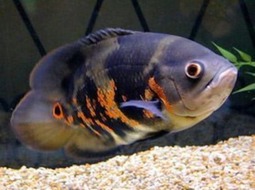


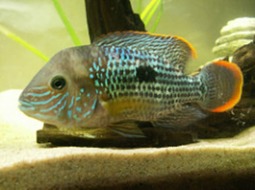




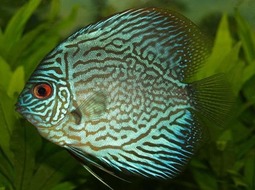








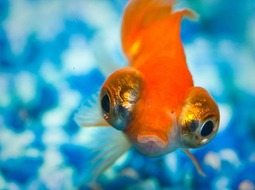

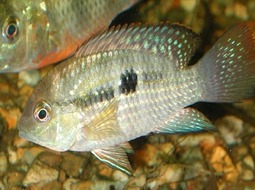



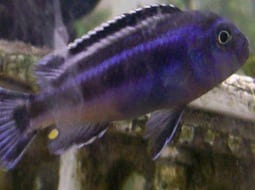
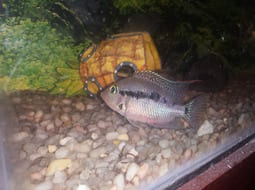
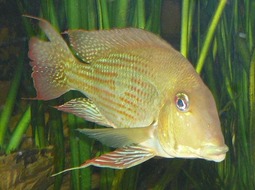

.jpg)

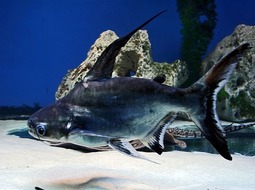

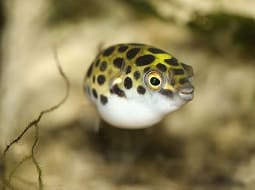



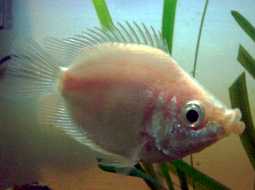
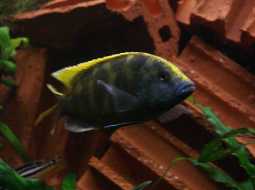
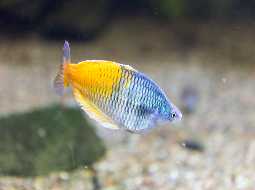


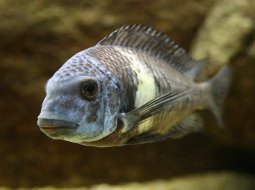

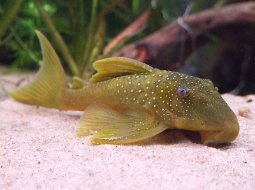


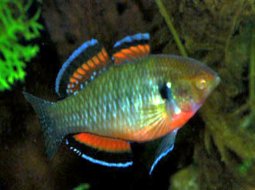
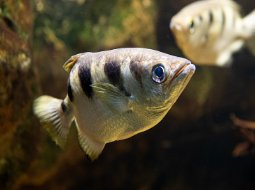
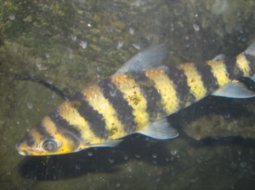


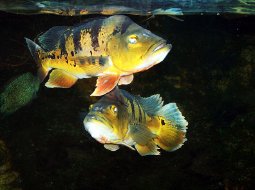
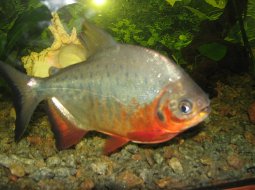
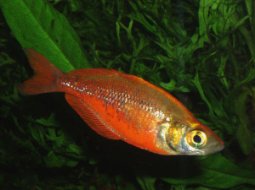

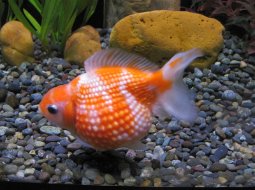


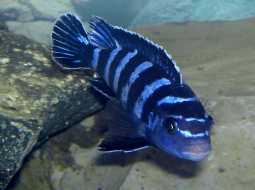
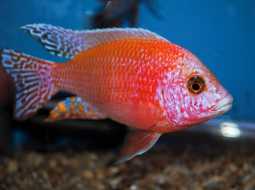
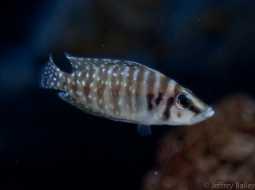


.jpg)
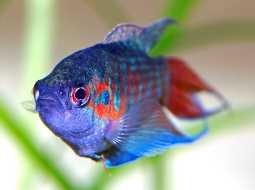
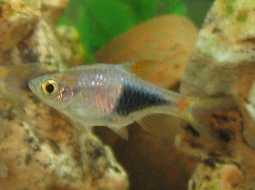
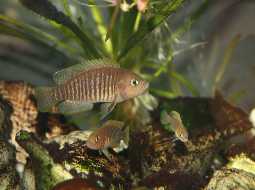
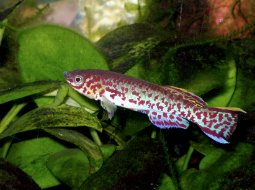
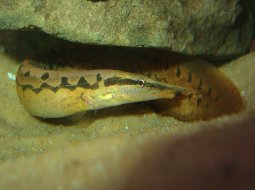
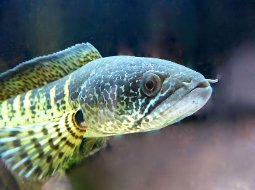
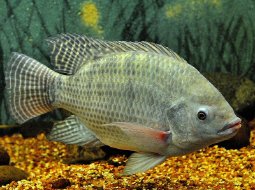
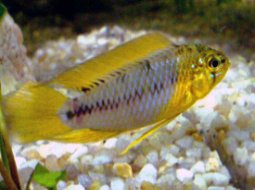





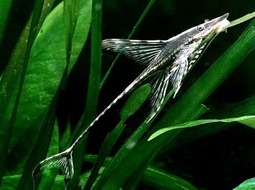
.jpg)



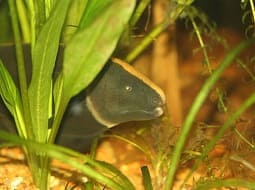




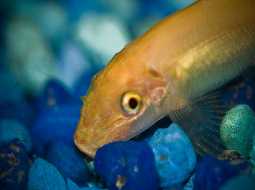

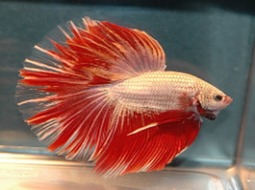

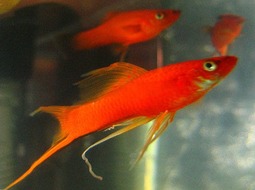
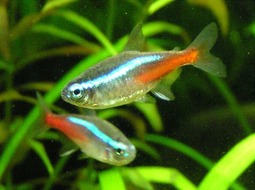
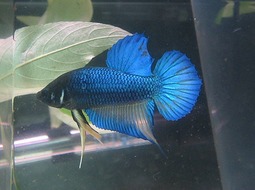

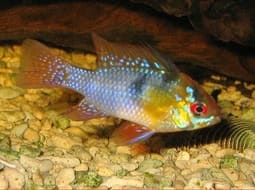
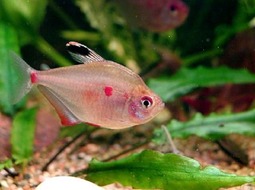

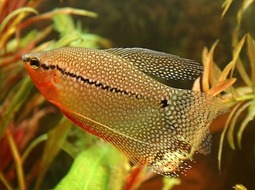
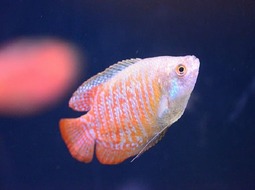

.jpg)



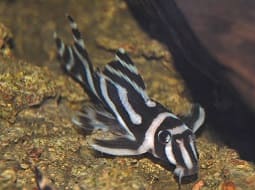
.jpg)
